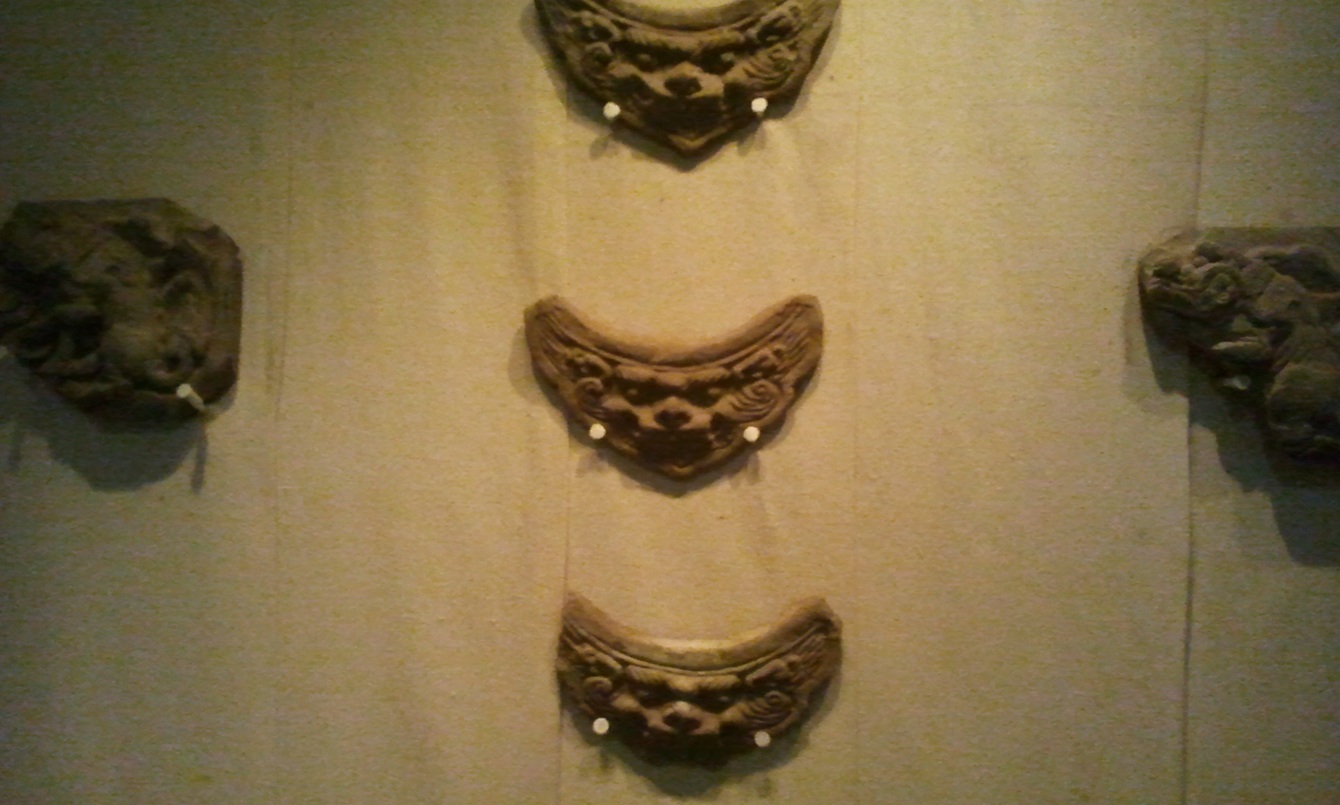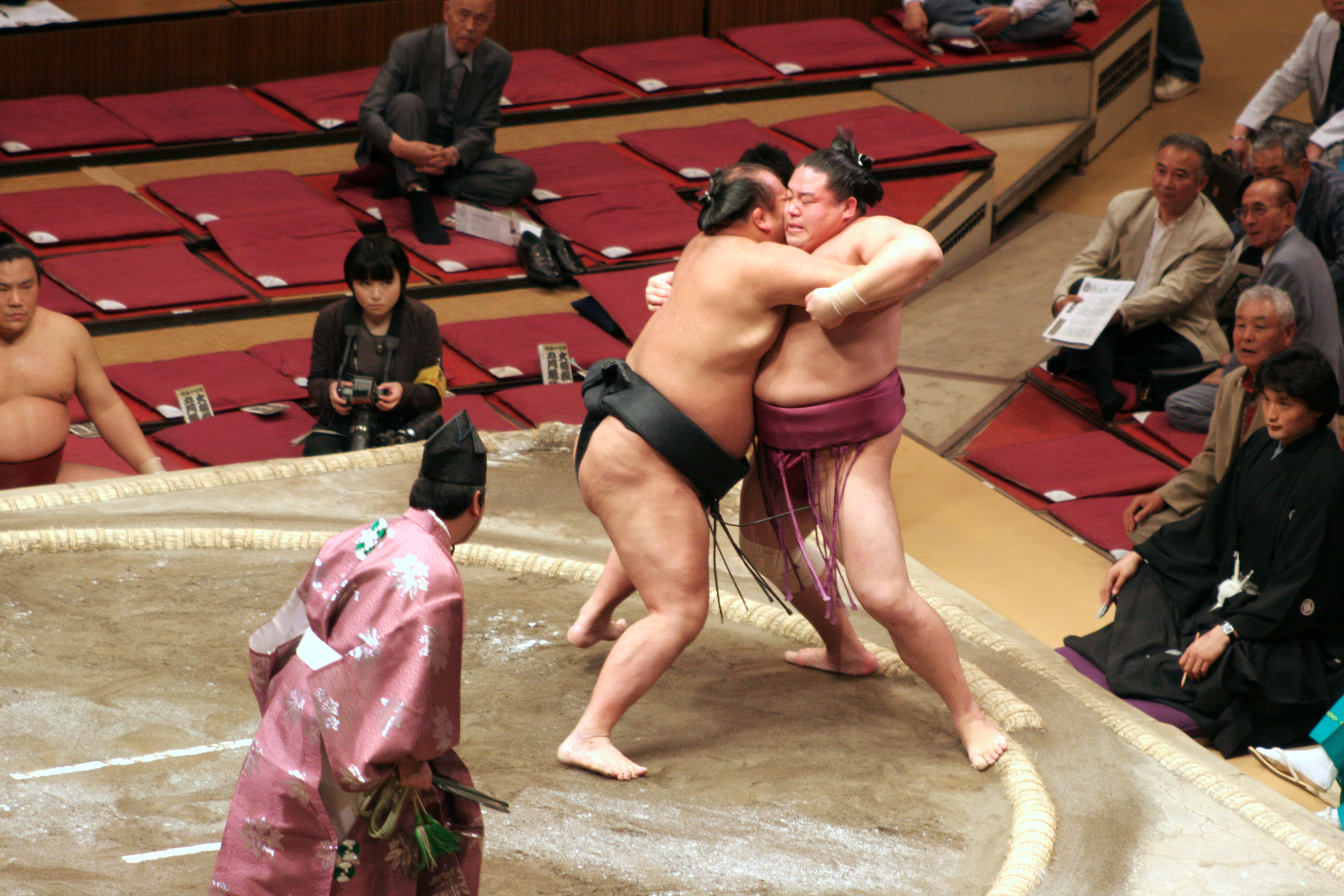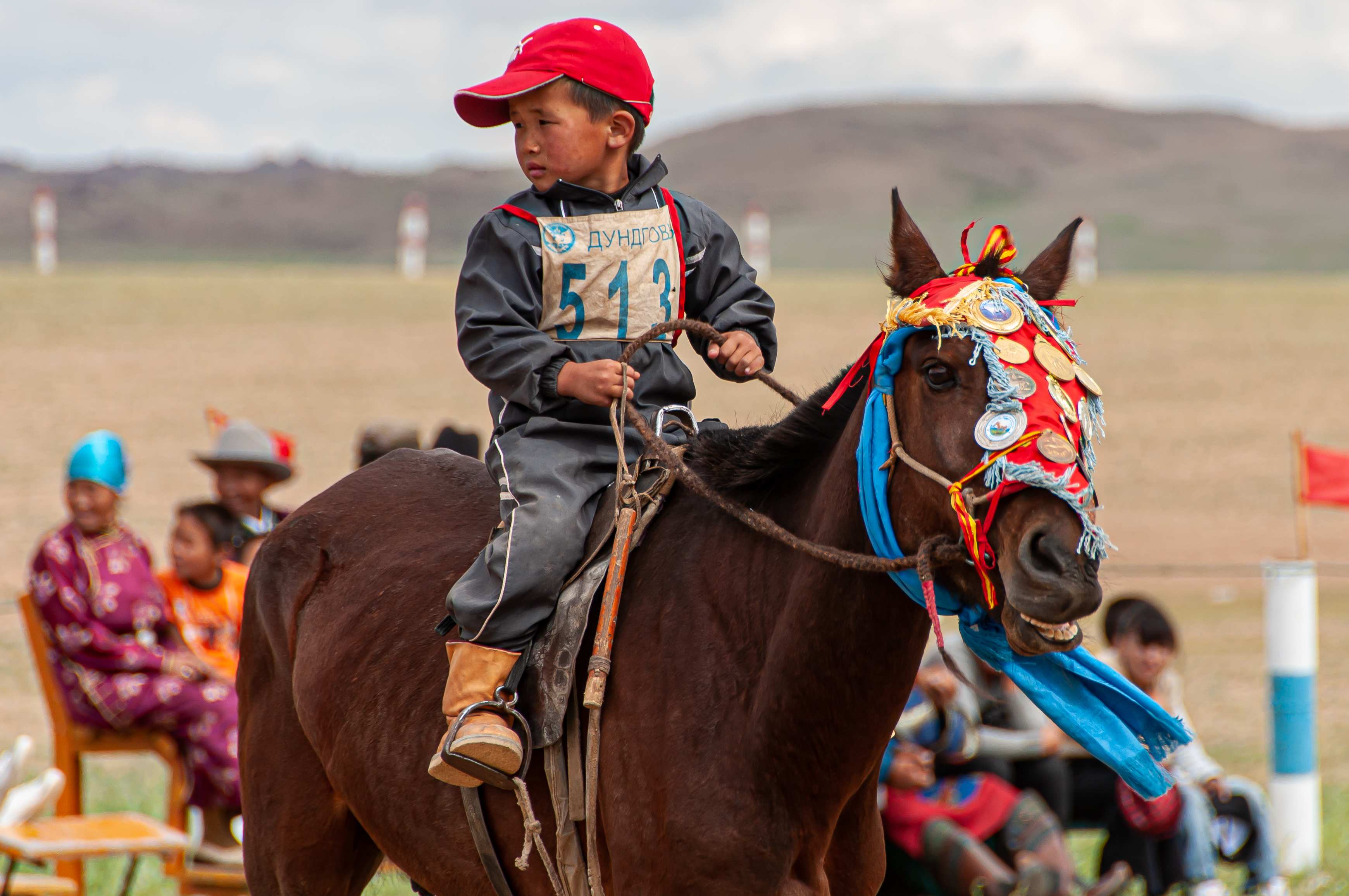|
Tokusegawa Masanao
Tokusegawa Masano (德瀬川 正直, born August 6, 1983, as Badamsambuu Ganbold) is a former sumo wrestler from Ulan Bator, Mongolia. Joining the professional sport in 2003, he entered the top division for the first time in March 2010, and rose to the top of the ''maegashira'' ranks. He was forced to retire by the Japan Sumo Association in 2011 after being found guilty of match-fixing. Career Tokusegawa's debut tournament in ''maezumo'' was considered a rather ignominious one, as he was cautioned by judges for cursing in Mongolian at a fellow Mongolian wrestler and slapping the wrestler's chest just after losing to him. He soon went on to distinguish himself though, steadily rising through the ranks. Except for a period in early 2005 where he suffered three consecutive losing tournaments while struggling in the ''sandanme'' division, he never had two consecutive losing tournaments. He took the ''sandanme'' championship in the November 2006 tournament with a 7–0 perfect record ... [...More Info...] [...Related Items...] OR: [Wikipedia] [Google] [Baidu] |
Ulan Bator
Ulaanbaatar is the capital and most populous city of Mongolia. It has a population of 1.6 million, and it is the coldest capital city in the world by average yearly temperature. The municipality is located in north central Mongolia at an elevation of about in a valley on the Tuul River. The city was founded in 1639 as a nomadic Buddhist monastic centre, changing location 29 times, and was permanently settled at its modern location in 1778. During its early years, as Örgöö (anglicized as Urga), it became Mongolia's preeminent religious centre and seat of the Jebtsundamba Khutuktu, the spiritual head of the Gelug lineage of Tibetan Buddhism in Mongolia. Following the regulation of Qing-Russian trade by the Treaty of Kyakhta in 1727, a caravan route between Beijing and Kyakhta opened up, along which the city was eventually settled. With the collapse of the Qing dynasty in 1911, the city was a focal point for independence efforts, leading to the proclamation of th ... [...More Info...] [...Related Items...] OR: [Wikipedia] [Google] [Baidu] |
Mongolian Sumo Wrestlers
There is a small community of Mongolians in Japan, representing a minor portion of emigration from Mongolia. As of December 2024, there were 21,240 registered Mongolian citizens residing in Japan, according to the Immigration Services Agency, up from 2,545 in 2003. Students International students form a large proportion of the registered population of Mongolians in Japan. The earliest Mongol exchange students, all three of them women, came to Japan in 1906, when Mongolia was still ruled by the Qing Dynasty. Japan was also a popular destination for students from Mengjiang (in today's Inner Mongolia) in the late 1930s and early 1940s; among them were several who would go on to become famous scholars, such as Chinggeltei. Japan and the Mongolian People's Republic officially agreed to send exchange students to each other in 1974; the first Mongolian student to arrive under the agreement came in 1976. , 1,006 Mongolian students were studying in Japanese institutions of higher educat ... [...More Info...] [...Related Items...] OR: [Wikipedia] [Google] [Baidu] |
Match-fixing In Professional Sumo
Match-fixing in professional sumo is an allegation that has plagued professional sumo for decades. Due to the amount of money changing hands depending on rank and prize money, there had been numerous reports of (corruption, bout-fixing) in professional sumo for years before it was finally definitively proven to exist in 2011. The hierarchical structure of the sport, in which a minority of top-ranked wrestlers have great advantages in salary, privileges, and status over the lower-ranked wrestlers that make up the majority of sumo participants, may have contributed to the use of match-fixing in order to prolong careers for top-ranked wrestlers and assist in the distribution of promotions. Previous speculation In 2002, Steven Levitt and Mark Duggan published a paper using econometrics in order to suggest that corruption in sumo exists. Popularized in Levitt's book ''Freakonomics'', the study found that 70% of wrestlers with 7–7 records on the final day of the tournament (i.e., seve ... [...More Info...] [...Related Items...] OR: [Wikipedia] [Google] [Baidu] |
Living People
Purpose: Because living persons may suffer personal harm from inappropriate information, we should watch their articles carefully. By adding an article to this category, it marks them with a notice about sources whenever someone tries to edit them, to remind them of WP:BLP (biographies of living persons) policy that these articles must maintain a neutral point of view, maintain factual accuracy, and be properly sourced. Recent changes to these articles are listed on Special:RecentChangesLinked/Living people. Organization: This category should not be sub-categorized. Entries are generally sorted by family name In many societies, a surname, family name, or last name is the mostly hereditary portion of one's personal name that indicates one's family. It is typically combined with a given name to form the full name of a person, although several give .... Maintenance: Individuals of advanced age (over 90), for whom there has been no new documentation in the last ten ... [...More Info...] [...Related Items...] OR: [Wikipedia] [Google] [Baidu] |
1983 Births
1983 saw both the official beginning of the Internet and the first mobile cellular telephone call. Events January * January 1 – The migration of the ARPANET to Internet protocol suite, TCP/IP is officially completed (this is considered to be the beginning of the true Internet). * January 6 – Pope John Paul II appoints a bishop over the Czechoslovak exile community, which the ''Rudé právo'' newspaper calls a "provocation." This begins a year-long disagreement between the Czechoslovak Socialist Republic and the Vatican City, Vatican, leading to the eventual restoration of diplomatic relations between the two states. * January 14 – The head of Bangladesh's military dictatorship, Hussain Muhammad Ershad, announces his intentions to "turn Bangladesh into an Islamic state." * January 18 – United States Secretary of the Interior, U.S. Secretary of the Interior James G. Watt makes controversial remarks blaming poor living conditions on Indian reservation, Native American re ... [...More Info...] [...Related Items...] OR: [Wikipedia] [Google] [Baidu] |
List Of Past Sumo Wrestlers
This is a list of prominent past wrestlers (either retired or deceased) in the sport of professional sumo. They are listed in order of the year and tournament month that they made their professional debuts. The information listed below was gleaned from the wrestlers' individual articles; refer to their links for more details. List :{, class="sortable wikitable" style="font-size: 100%" , - !Shikona, Ring name !Entered !Retired !width="80" , Highest rank !Stable !class="unsortable", Career and other notes , - , Akashi Shiganosuke , 1624? , 1643? , Yokozuna , N.A. , ''yokozuna status conferred centuries later, historical existence disputed'' , - , Ayagawa Gorōji , 1715? , 1745? , Yokozuna , N.A. , ''yokozuna status historically conferred, actual yokozuna license never proven'' , - , Maruyama Gondazaemon , 1735? , 1749-11 , Yokozuna , Nanatsumori , ''yokozuna status historically conferred, died while an active wrestler'' , - , Miyagino Nishikinosuke , 1766-10 , 1796-3 , Sekiwa ... [...More Info...] [...Related Items...] OR: [Wikipedia] [Google] [Baidu] |
List Of Non-Japanese Sumo Wrestlers
This is a list of foreign-born professional sumo wrestlers by country and/or ethnicity of origin, along with original name, years active in sumo wrestling, and highest rank attained. Names in bold indicate a still-active wrestler. There are 186 wrestlers who have listed a foreign country as their place of birth on the ''banzuke'' or official ranking sheets. The first foreign born wrestler to reach the top ''makuuchi'' division was the Hawaiian born Takamiyama in January 1968, who was also the first to win a top division tournament championship or ''yūshō'' in 1972. He was followed by fellow Hawaiians Konishiki who was the first foreigner to reach the second highest ''Makuuchi#Ōzeki, ōzeki'' rank in 1987, and American Akebono Taro, Akebono who became the first foreign ''yokozuna,'' the highest rank, in 1993. In 1992, following the entry of six Mongolians to Ōshima stable, there was an unofficial ban (called ''enryo'' or "restraint") instigated by the Japan Sumo Association's he ... [...More Info...] [...Related Items...] OR: [Wikipedia] [Google] [Baidu] |
Kimarite
is the technique used in sumo by a (wrestler) to win a match. It is officially decided or announced by the (referee) at the end of the match, though judge (sumo), judges can modify this decision. The records of are then kept for statistical purposes. The Japan Sumo Association (JSA) have officially recognized 82 such techniques since 2001, with five also recognized as winning non-techniques. However, only about a dozen of these are frequently and regularly used by . A sumo match can still be won even without a , by the virtue of disqualification due to a (foul), such as striking with closed fist. Basic techniques The are some of the most common winning techniques in sumo, with the exception of . is a rarely used basic that pushes down the opponent into the ground back-first by leaning forward while grappling. is a basic that requires pushing the opponent out of the ring using the arms, without holding their (belt) or extending the arms. is simila ... [...More Info...] [...Related Items...] OR: [Wikipedia] [Google] [Baidu] |
Mawashi
In sumo, a is the loincloth that (sumo wrestlers) wear during training or in competition. Upper ranked professional wrestlers wear a as part of the ring entry ceremony or . ''Mawashi'' ''Sekitori'' During competition For top ranked professional (known as ), the ''mawashi'' is made of silk and comes in a variety of colours. It is approximately in length when unwrapped, about wide and weighs about . It is wrapped several times around the and fastened in the back by a large knot. A series of stiffened silk fronds of matching colour called are inserted into the front of the . Their number varies from 13 to 25, and is always an odd number. They mark out the only part of the that it is illegal to grab on to: the vertical part covering the 's groin, and if they fall out during competition the (referee) will throw them from the ring at the first opportunity. Many are superstitious and will change the color of their to change their luck. Sometimes a poor performance will ca ... [...More Info...] [...Related Items...] OR: [Wikipedia] [Google] [Baidu] |
Naadam
Naadam (Mongolian Naadam Festival) (, classical Mongolian: ''Naɣadum'', , ''literally "games"'') is a traditional festival celebrated in Mongolia, Inner Mongolia and Tuva. The festival is also locally termed "eriin gurvan naadam" (), "the three games of men". The games are Mongolian wrestling, horse racing, and archery, and are held throughout the country during midsummer. Women have started participating in the archery and girls in the horse-racing games, but not in Mongolian wrestling. In 2010, Naadam was inscribed on the UNESCO Intangible Cultural Heritage Lists, Representative List of the Intangible Cultural Heritage of Humanity of United Nations Educational, Scientific and Cultural Organization, UNESCO. Overview Origins Naadam is the most widely watched festival among Mongols and is believed to have existed for centuries in one fashion or another. It has its origin in the activities, such as military parades and sporting competitions such as archery, horse riding and ... [...More Info...] [...Related Items...] OR: [Wikipedia] [Google] [Baidu] |
Mongolian Wrestling
Mongolian wrestling, known as Bökh ( Mongolian script: ; Mongolian Cyrillic: Бөх or Үндэсний бөх), is the folk wrestling style of Mongols in Mongolia, Inner Mongolia and other regions where touching the ground with anything other than foot or palm of hand loses the match. ''Bökh'' means "firmness, reliability, vitality, wrestler", from Mongolic root *''bekü'' "firm, hard, solid; fighter, strong man" Wrestling is the most important of the Mongolian culture's historic "Three Manly Skills", that also include horsemanship and archery. Genghis Khan considered wrestling to be an important way to keep his army in good physical shape and combat ready. The court of the Qing dynasty (1646–1911) held regular wrestling events, mainly between ethnic Manchu and Mongol wrestlers. There are several different versions, Mongolian, Buryatian (in the Buryatia of Russia), Oirat and Inner Mongolian. * Khalkha bökh, Mongolian wrestling, Khalkha wrestling - traditional Khalkha ... [...More Info...] [...Related Items...] OR: [Wikipedia] [Google] [Baidu] |




